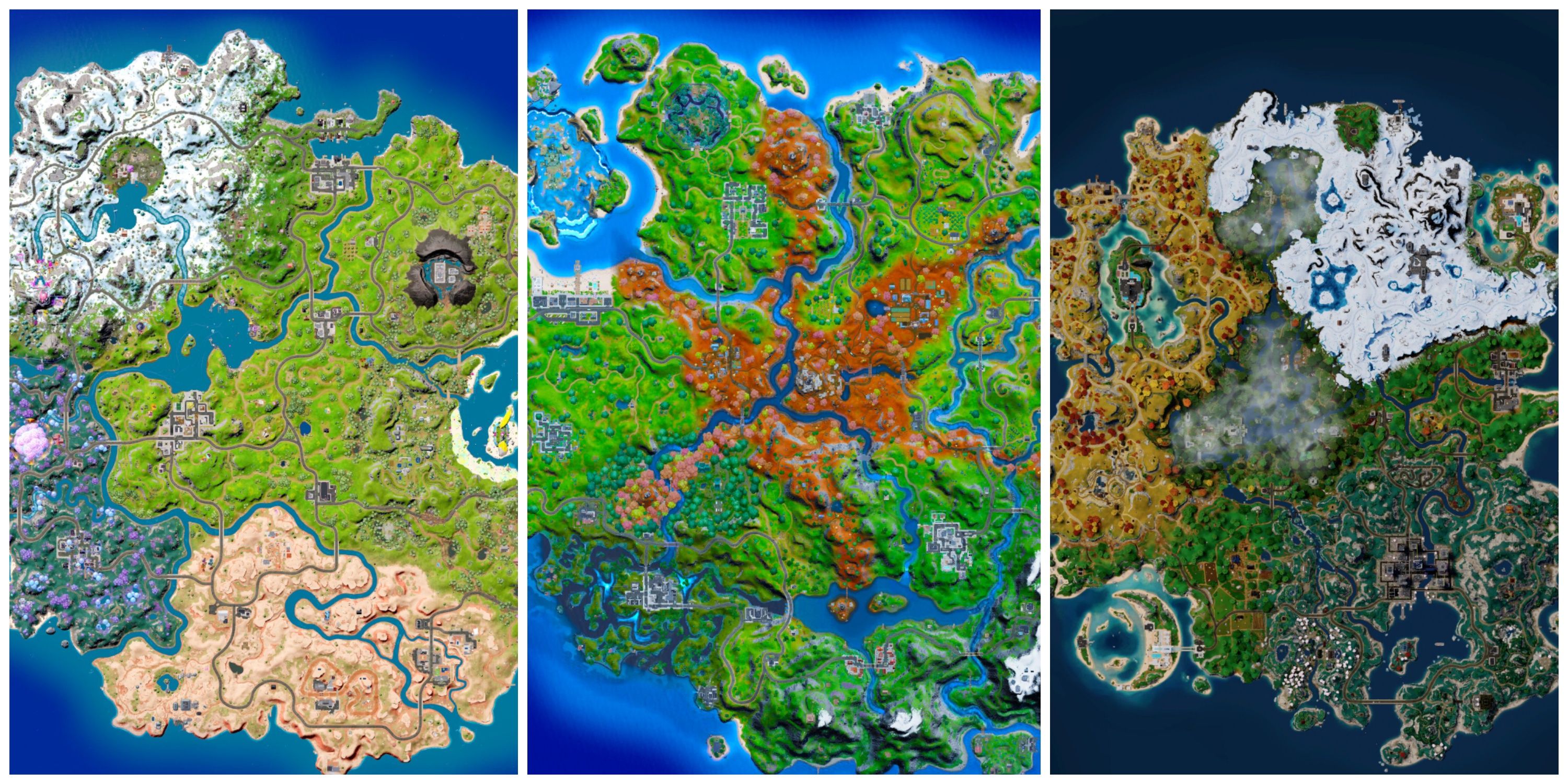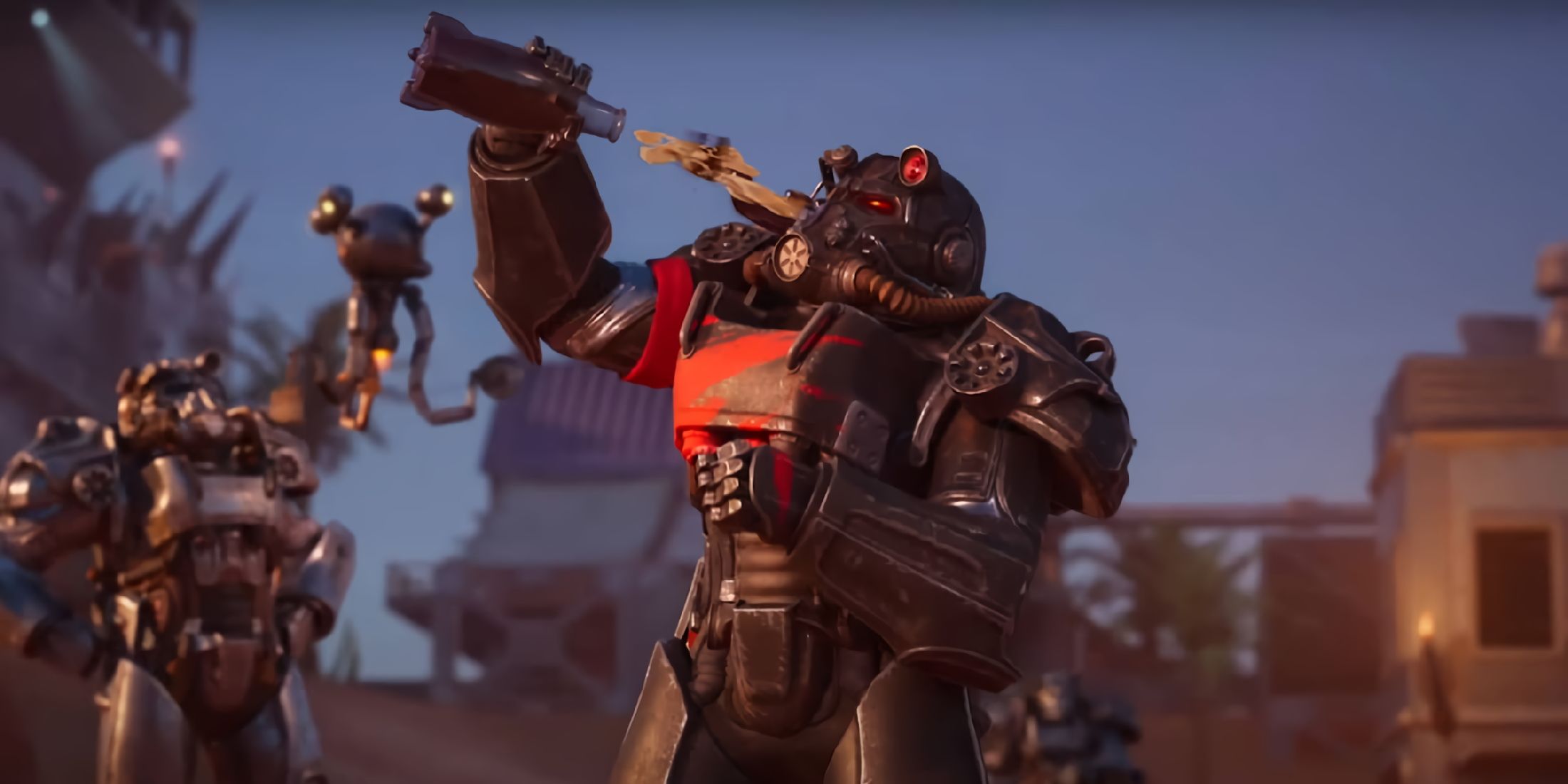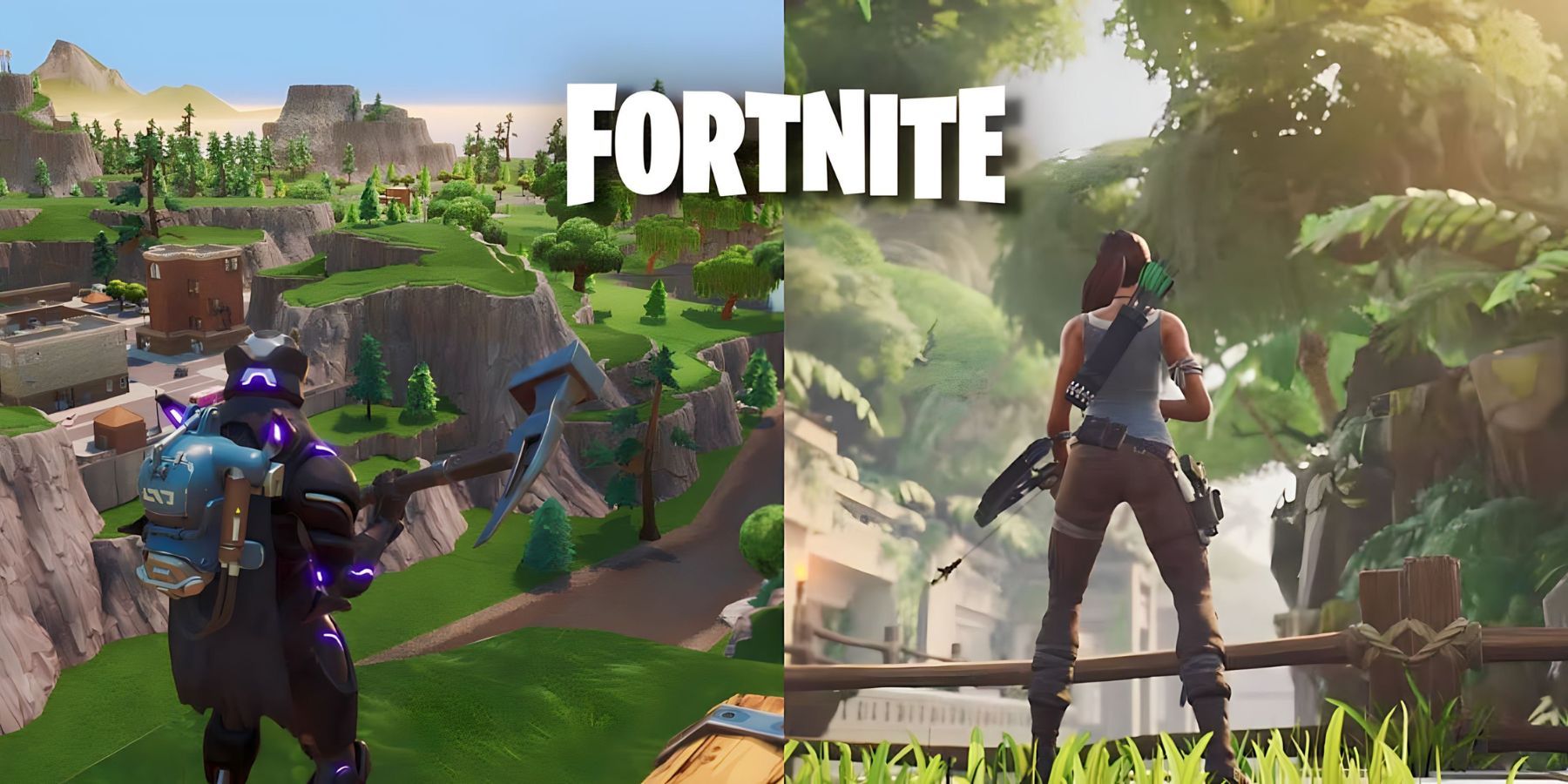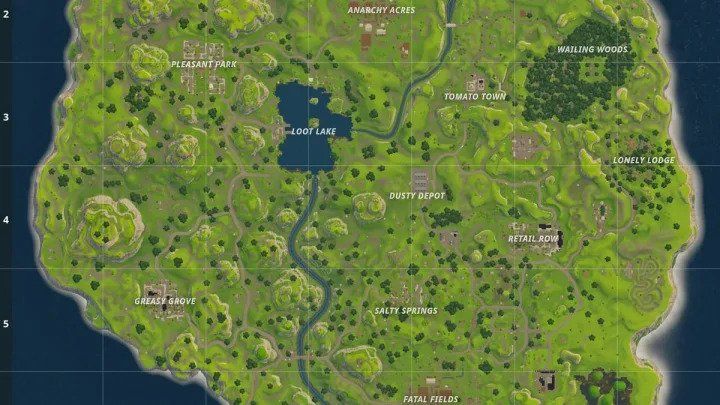Fortnite has seen an incredible amount of success since it launched its Battle Royale mode in July 2017. The free-to-play third-person shooter has constantly found ways to evolve over the years, allowing Fortnite to remain a global phenomenon. In many ways, the game paved the way for several others with its live-service content, battle pass formula, and multiple collaborations.
Fortnite has also become known for featuring new chapters and seasons every so often, which keeps the game fresh and interesting for some of its players. With this, Epic Games usually finds a way to drastically alter the map to fit the themes of the different eras. Since the first chapter, the island has changed quite drastically, though it always maintains elements of the classic Fortnite map that started it all.
Fortnite's Map is Constantly Evolving
While it's been several years since Chapter 1, people can play the original Fortnite map because of Unreal Editor, otherwise known as Creative 2.0. This map isn't a perfect replication of the 2017 battle island, but it has many of the same qualities. Most importantly, it exhibits 12 nostalgic Points of Interest such as Loot Lake, Tomato Town, Dusty Depot, Moisty Mire, and Greasy Grove.
A major difference between the original map versus the current one can be seen in how much greenery appears in the former. In contrast, the Fortnite WILDS map varies a lot with its snow-capped mountains, dense jungles, Japanese-themed architecture, and neon cities. Mega City in the southern part of the map has become a fairly consistent drop spot in Chapter 4 Season 3, alongside Brutal Bastion which is located in the north. The latest island has 14 locations, with what feels like much more terrain to traverse than before.
Though there are many different versions of the island, they are all roughly equal in size. Still, the first map was on the smallest and most simple scale due to the game being new. However, some players believed that the Chapter 4 and 3 Fortnite maps were excessively different in dimensions, with one player overlaying both maps in December 2022 to prove a point. It was quickly noted by the community that this person had simply compared the lengths of the maps without considering width as well, which meant they were actually quite similar in magnitude.
Unfortunately, none of these new locations have the same instant name recognition that early seasons were able to benefit from. For example, Tilted Towers was one of the most famous Points of Interest in the shooter, rising to prominence after Patch 2.0 in 2018. The location was so popular that Epic Games added Tilted Towers back in January 2022, though by May it was gone again after being destroyed by the Imagined Order.
Chapter 2 nearly completely remodeled the first map, adding Slurpy Swamp, Frenzy Farm, Holly Hedges, and others while keeping Retail Row, Salty Springs, and Pleasant Park. It was Chapter 3, however, that introduced a completely new Snow Biome along with a massive map. Steadily, rifts were added to the game, alongside storylines, quests, and NPCs that players are able to interact with such as The Agency and The Authority, the latter of which replaced the first at the start of Chapter 2: Season 3.
While this location no longer exists, one of the most well-liked places in recent months was a tree in Reality Falls. The Reality Tree fairly consistently offered players mythic weapons and was an important part of the lore in Chapter 3 Season 3. The most favored POI of Chapter 4 Season 3 is likely Mega City, though it probably won't be the last popular spot in the game, seeing as Fortnite is constantly evolving.
Fortnite is available for Mobile, PC, PS4, PS5, Switch, Xbox One, and Xbox Series X/S.





